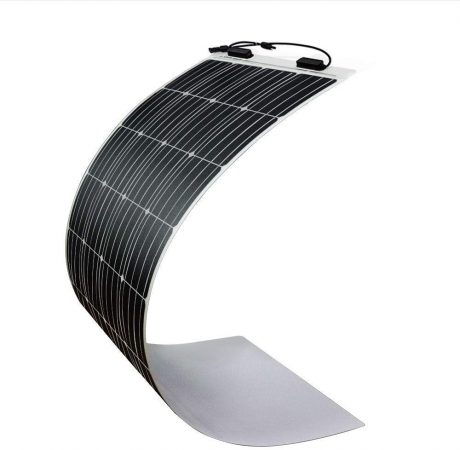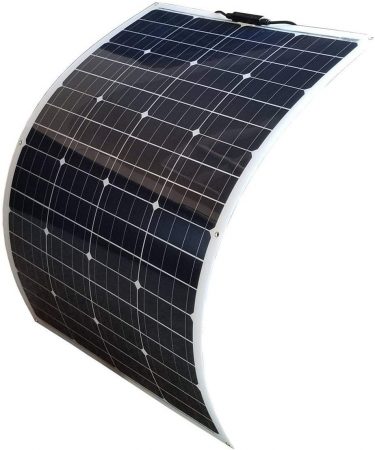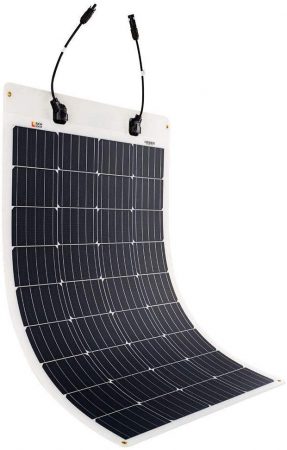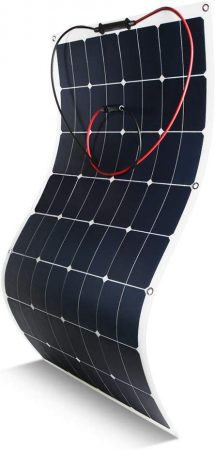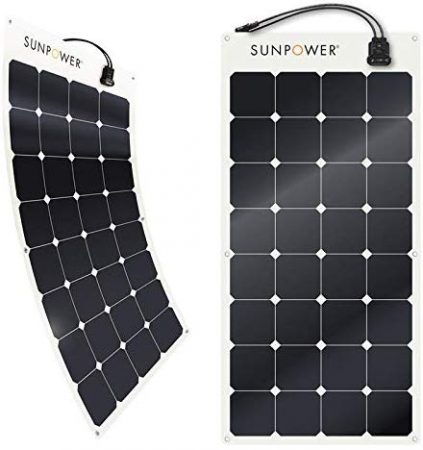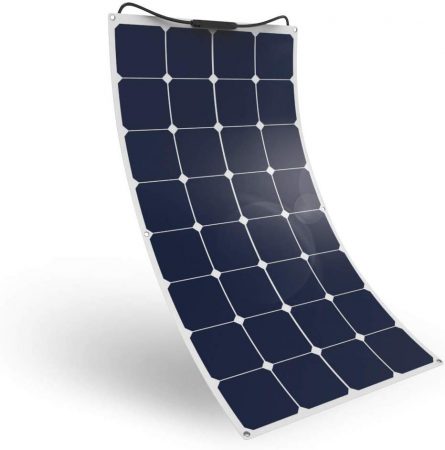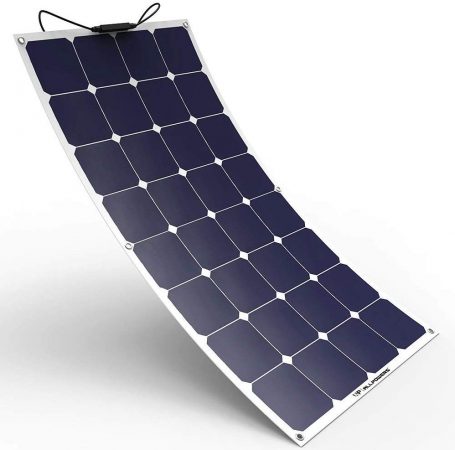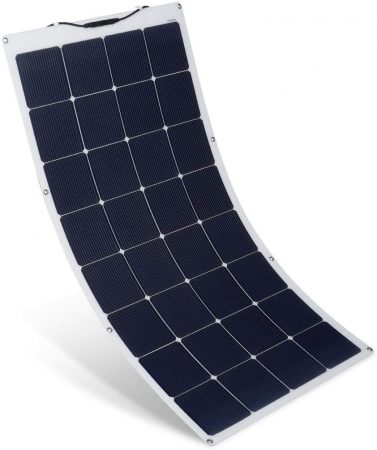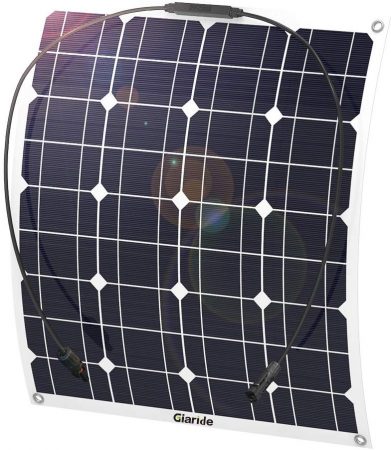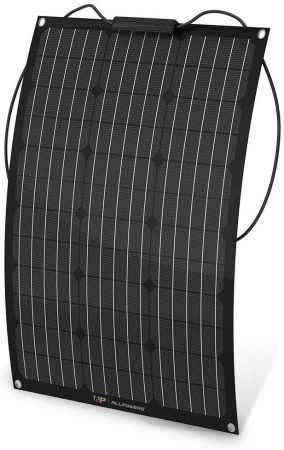Finding the best flexible solar panels for your application requires a more careful approach than buying regular panels. To make it easier for buyers to determine the best flexible solar panel option according to their needs, here are the most important factors (without any order of priority) that you must consider in the process of choosing a flexible panel.
Manufacturer, Based Country, and Warranty
Given the complexity and relatively recent technology of flexible panels, it is advisable to choose recognized manufacturers with a long history in the field of solar energy such as Renogy, Sun Power, Suaoki or Allpowers.
These brands have some industry quality and safety certifications listed on its product datasheet, review it. These include UL certifications for fire and manufacturing quality certifications such as IEC 61215 and ISO 9001.
These certifications are required by many jurisdictions, in order for a solar system to be allowed to connect to the grid or qualify for incentives. While certifications aren’t a product quality warranty, they do indicate that a minimum manufacturing standard was met.
It is also advisable to choose companies based or with commercial offices in the USA that can guarantee the provision of the after-sales service and the execution of warranties. This simply provides a higher chance of demonstrating manufacturing malfunction when it comes to problems with the quality or performance of the product.
Check the warranty, a good warranty indicates that the manufacturer has confidence in the quality of their product. Possible issues that could be encountered when purchasing cheap flexible solar panels:
- Overlapping cells.
- Damaged cells.
- Inferior cells.
- Sharp edges.
- Inadequately sealed junction boxes allowing corrosion from water, particularly seawater.
- Zinc plated fixings in the junction box which corrode with moisture.
- Inferior by-pass diodes fitted or not fitted at all.
Coating Material
Flexible solar panels are constructed by sandwiching the solar cells between layers of a polymer. Cheaper panels will use a polymer called polyethylene terephthalate (PET), while better panels will use ETFE (ethylene tetrafluoroethylene).
ETFE has slightly better light transmittance compared to PET and is also more durable, which is an important consideration when your panel is exposed to the heat and rain in outdoor applications.
In many cases, flexible panels with low prices use lower quality coating materials to lower costs by generating an initially functional but short-lived product.
For example, SunPower is a well-known US-based manufacturer known for making high-quality, high-efficiency solar cells. SunPower makes flexible panels based on their Maxeon line of solar cells, but they also sell Maxeon cells to third-party manufacturers.
You will often find that these manufacturers advertise that they use SunPower cells, but also somehow offer their panels for less than SunPower. Most likely, those money savings are the result of sacrificing quality.
Power Output
Generally, power outputs for flexible solar panels will be located between 50 and 160 Watts, with common values of 50, 100 y 150 Watts. The power output gives a reference to the electrical current output that can be obtained from the solar panel. In ideal operating conditions, higher nominal power output will mean that you will be able to supply more energy to the load.
The power output is given by the number of cells and the quality of them (capacity to produce current), therefore low power outputs such as 50W can be obtained with panels of smaller dimensions (length and width, since the thickness is given by cells and coating materials).
Normally, the width is between 20 and 27 inches while the greatest variations are in the length with typical values between 20 and 60 inches, therefore the panel model must be chosen according to its power taking consider the size factor.
Keep in mind that the available space is important to consider when selecting both size and power output
Efficiency
The efficiency will be an indicator of how much solar energy can be converted into DC electricity through the solar cells, therefore is one of the top factors that you should consider.
The efficiency values are expressed as a percentage and for flexible solar panels, typically between 20 and 25% and are usually an indicator of the quality of the product, especially of its photovoltaic cells.
The efficiency rating of a panel can make a substantial difference. The higher it is, the higher performance it will have, particularly when sunlight is affected by the weather.






